Archives
- 2025-11
- 2025-10
- 2025-09
- 2025-03
- 2025-02
- 2025-01
- 2024-12
- 2024-11
- 2024-10
- 2024-09
- 2024-08
- 2024-07
- 2024-06
- 2024-05
- 2024-04
- 2024-03
- 2024-02
- 2024-01
- 2023-12
- 2023-11
- 2023-10
- 2023-09
- 2023-08
- 2023-07
- 2023-06
- 2023-05
- 2023-04
- 2023-03
- 2023-02
- 2023-01
- 2022-12
- 2022-11
- 2022-10
- 2022-09
- 2022-08
- 2022-07
- 2022-06
- 2022-05
- 2022-04
- 2022-03
- 2022-02
- 2022-01
- 2021-12
- 2021-11
- 2021-10
- 2021-09
- 2021-08
- 2021-07
- 2021-06
- 2021-05
- 2021-04
- 2021-03
- 2021-02
- 2021-01
- 2020-12
- 2020-11
- 2020-10
- 2020-09
- 2020-08
- 2020-07
- 2020-06
- 2020-05
- 2020-04
- 2020-03
- 2020-02
- 2020-01
- 2019-12
- 2019-11
- 2019-10
- 2019-09
- 2019-08
- 2019-07
- 2019-06
- 2019-05
- 2019-04
- 2018-07
-
br Funding This work was partially supported
2022-10-12
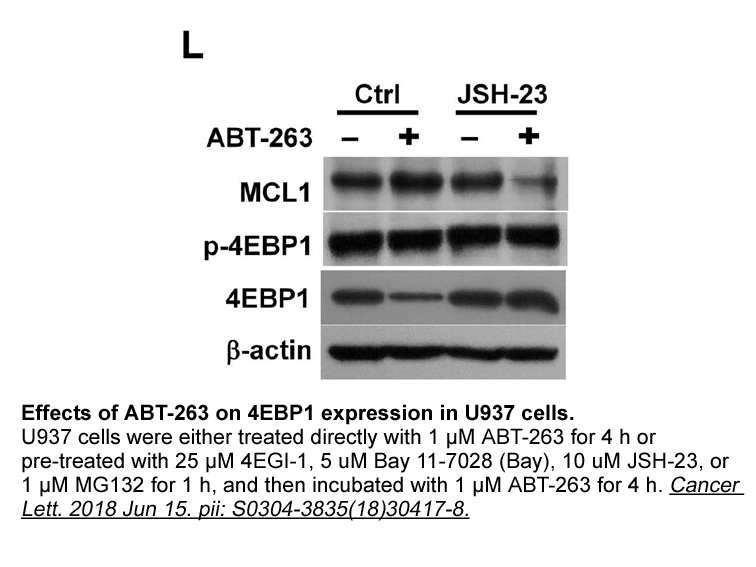
Funding This work was partially supported by the National Institute on Alcohol Abuse and Alcoholism, award R00AA021264, startup funds from the Department of Immunology, Herbert Wertheim College of Medicine, and the Office of Research and Economic Development at FIU, and pilot funds from Dr. Wert
-
With an ever increasing incidence rate of type diabetes and
2022-10-12
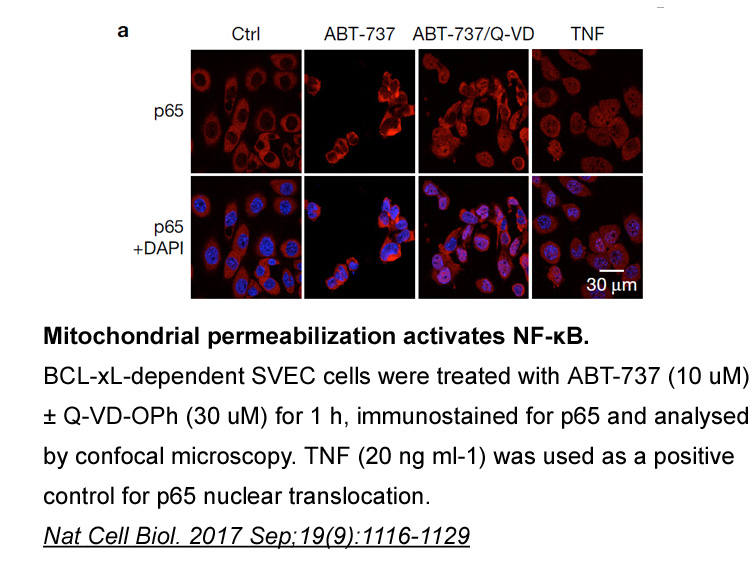
With an ever-increasing incidence rate of type 2 diabetes and obesity, it is imperative to develop new therapeutic regimes that may provide a benefit both in terms of efficacy and tolerability. The existing portfolio of drugs for the treatment of metabolic disorders, primarily type 2 diabetes and ob
-
JNJ26481585 receptor As preclinical toxicity and efficacy bo
2022-10-12
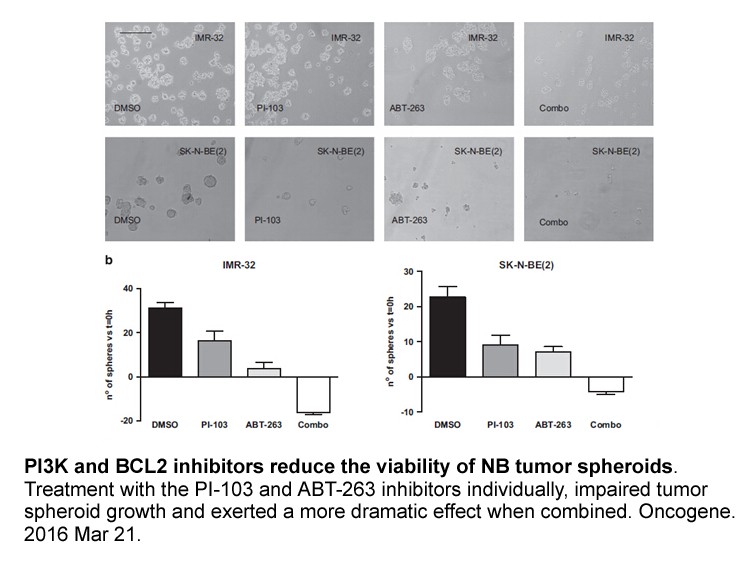
As preclinical toxicity and efficacy both appear to be associated with GlyT1 inhibition, it remains to be determined whether on-target toxicity can be separated from efficacy. The present study evaluated a series of GlyT1 inhibitors for target potency, mode of inhibition, residence time, activity in
-
The kinetic data obtained from incubation
2022-10-12
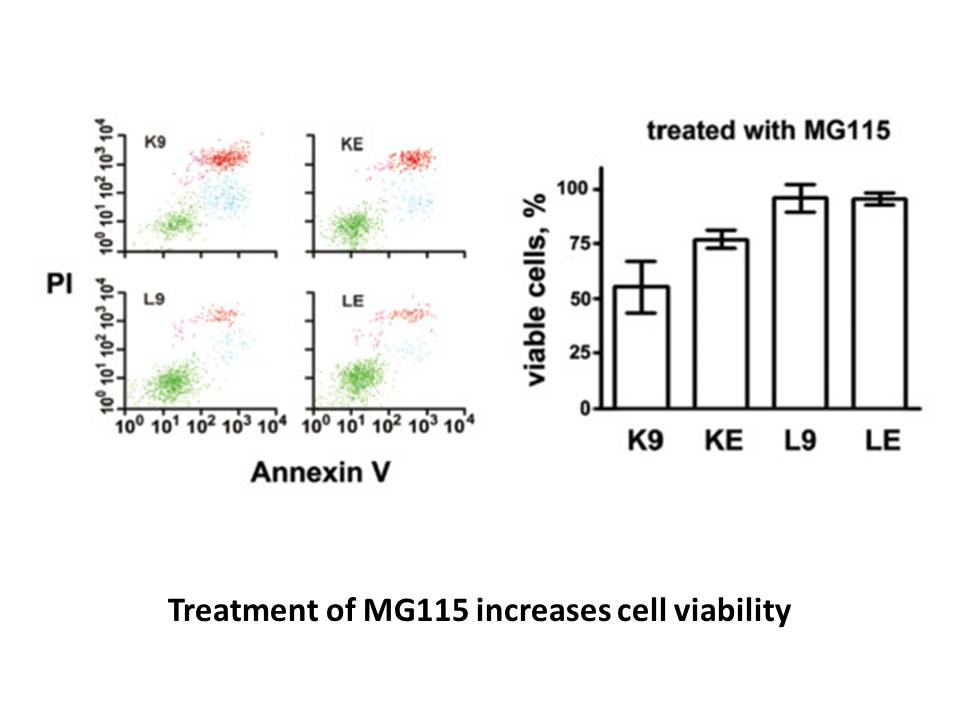
The kinetic data obtained from incubation of 4BAB with GLO1 show that 4BAB does not completely inactivate the enzyme (Figs. 2A and S6a). At low concentrations (4.7 and 14.4μM), 4BAB seemed to follow biphasic kinetics (Fig. 2A); even though regardless of the concentration 4BAB, there was a plateau at
-
These differences have led to the recognition
2022-10-12
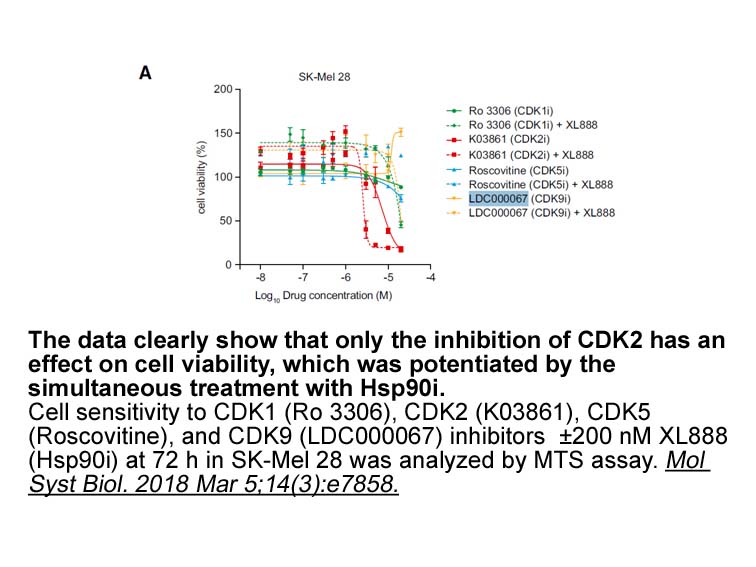
These differences have led to the recognition that the extent to which transport contributes to shaping postsynaptic signals likely reflects a balance between the density of transporters and the amount of l-glutamate in the synaptic cleft. Consequently, those synapses exhibiting the characteristics
-
Free fatty acid receptor FFAR
2022-10-12

Free fatty Nicotine Difartrate receptor 1 (FFAR1, also known as GPR40) belongs to the family of G protein-coupled receptors (GPCRs) and was de-orphanized in 2003 as a receptor for medium-to long-chain free fatty acids (FFAs) [9,10]. Mainly expressed in beta cells of pancreatic islets, GPR40 can be
-
Previous studies have suggested that GPR protects from bone
2022-10-12

Previous studies have suggested that GPR40 protects from bone loss via inhibition of osteoclasts. Wittrant et al. used GPR40 knock-out mice and primary osteoclasts to investigate the role of GPR40 on bone remodelling. Their results in primary osteoclast cultures and the RAW264.7 cell line showed tha
-
Glucose uptake a critical metabolic
2022-10-12

Glucose uptake, a critical metabolic control point in glycolysis, is mediated by the GLUT (SLC2) family of integral membrane transporters (Mueckler and Thorens, 2013). GLUT1 (SLC2A1), one of the most well-studied members of the SLC2 family, exhibits a wide tissue distribution; cell surface expressio
-
974 br Electron crystallographic structures of connexins The
2022-10-11

Electron crystallographic structures of connexins The structures of gap junctions are good targets for electron microscopy because they exhibit the characteristic features of self-assembly. Early studies examined the three-dimensional (3D) structures of native gap junction 974 from rodents using
-
IOX2 br Conflict of interest br Author contributions br Intr
2022-10-10

Conflict of interest Author contributions Introduction 2-Quinolones [quinoline-2(1H)-ones], while less prominent than the isomeric 4-quinolones, nevertheless enjoy significant attention as scaffolds in compounds exhibiting a variety of biological activities. These include: 4-aryl-6-chloroqu
-
br Acknowledgments The breast cancer laboratory
2022-10-10
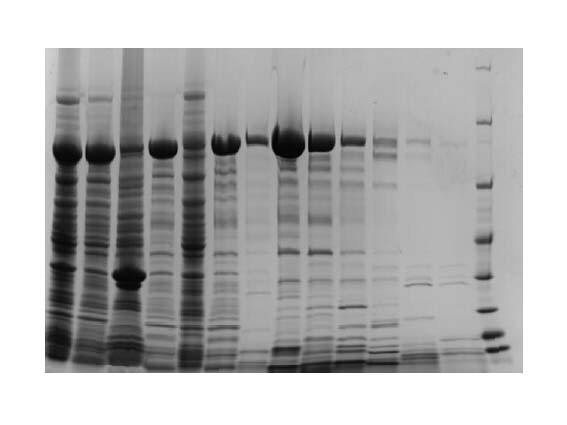
Acknowledgments The breast cancer laboratory is supported by the Australian National Health and Medical Research Council (NHMRC) grants no. 1016701, no. 1024852, no. 1086727; NHMRC IRIISS; the Victorian State Government through VCA funding of the Victorian Breast Cancer Research Consortium and Op
-
The possibility of having false positives even if
2022-10-10
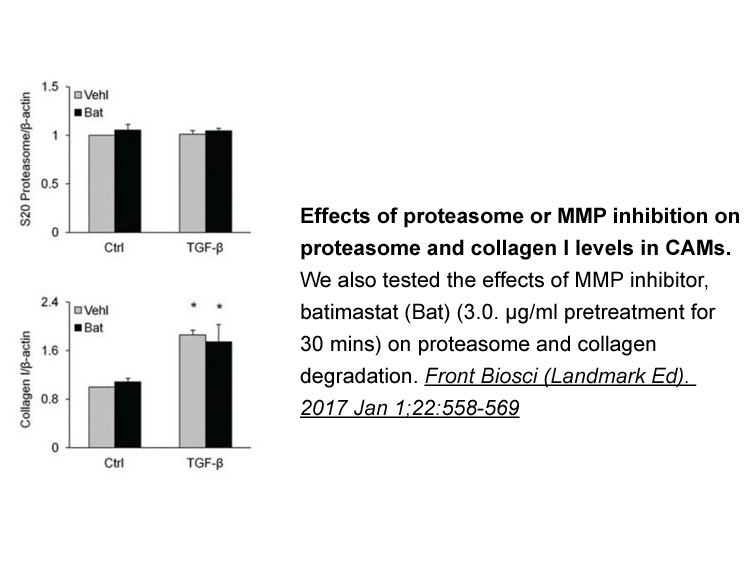
The possibility of having false positives, even if minimized, is always present and requires that a reactive result should be followed by a confirmation test. Traditionally, Western blot (WB) has been used, but various types of immunoblotting that use recombinant gw501516 or synthetic peptides are
-
Histamine receptors were largely linked with allergic and in
2022-10-10
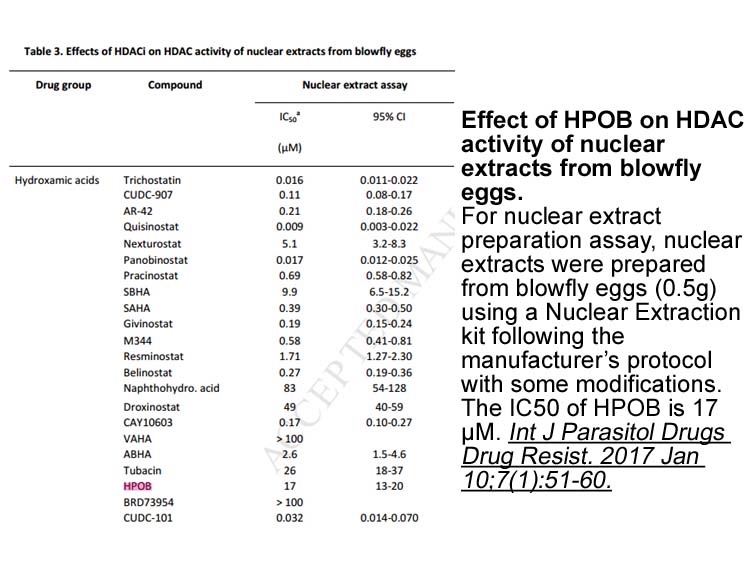
Histamine receptors were largely linked with allergic and inflammatory reactions before the recognition of the histamine H3R in 1983 that proved its function as auto- as well as heteroreceptor at pre- and postsynaptic membranes and demonstrated its intense regulating influence on release of numerous
-
Hippo signaling is unique in that it does not
2022-10-10
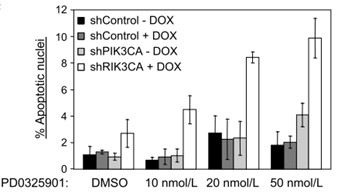
Hippo signaling is unique in that it does not possess a cognate ligand and receptor system. Instead, numerous upstream sensors that monitor cell morphology, cell polarity, cell-cell contact, and mechanical stress impinge onto the Hippo pathway core kinases, MST, and LATS. This in turn indicates the
-
br Conclusion The mitochondrial and glycolytic
2022-10-10

Conclusion The mitochondrial and glycolytic energy metabolism of the brain is coordinated by HKI binding to MOM, although the molecular mechanism of such a regulation is not yet clear. The Nexturastat A synthesis for HKI in MOM are VDACs [[5], [6], [7]], mainly the VDAC1 isoform [8]. Using a com
15887 records 390/1060 page Previous Next First page 上5页 386387388389390 下5页 Last page